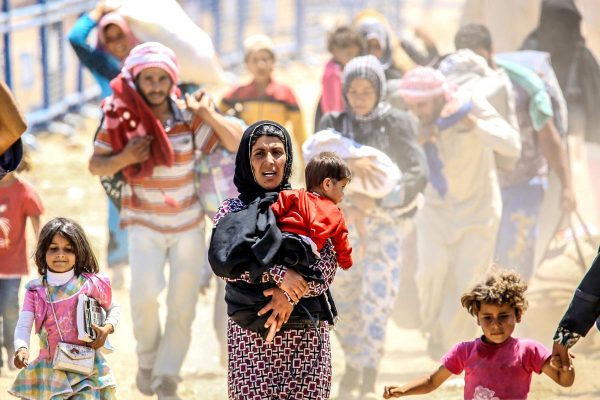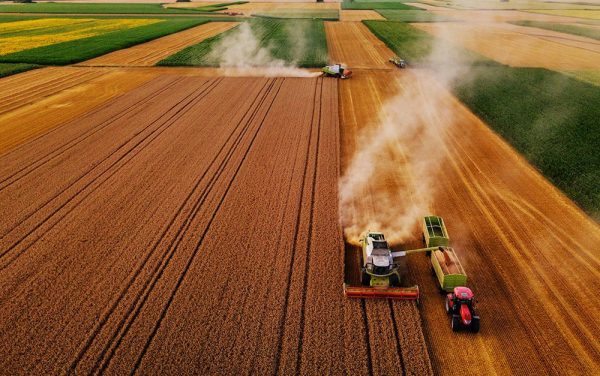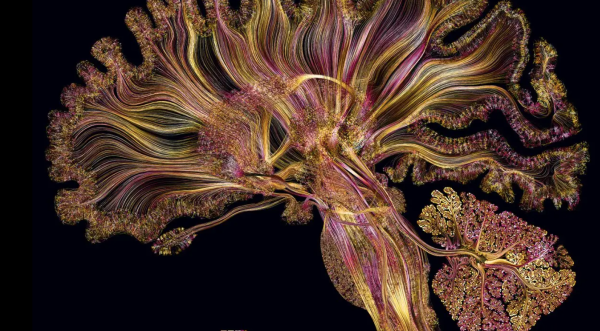Have We Seen a Pandemic Like COVID-19 Before?

Recently, it seems as though the only thing that has been on anyone’s mind is the COVID-19 virus and its rapid spread throughout the world. And rightfully so, as the virus has altered daily life so drastically and caused so much panic and pain. Yet, have we been here before? Due to global interconnectivity, the spread of major viruses internationally is not unheard of, even in recent years. The disease that draws the closest comparison to COVID-19 is the flu, so fittingly, the pandemic that appears most similar to the recent COVID-19 outbreak is that of the 1918 Spanish Flu. No other pandemic has had as widespread and as devastating of effects since the Spanish Flu pandemic of 1918, at least not until the recent outbreak of COVID-19. The two pandemics are strikingly similar, not only in the nature of their viruses, but also in their effect on the global community.
According to Healthline, The Spanish Flu was the world’s deadliest flu season, and it first began to appear in March of 1918. While the flu was no new concept, the 1918 Spanish Flu caused more damage than previous Influenza outbreaks because it came from a new, mutated strand, as explained by Dr. Mark Schleiss. As the pandemic coincided with the final months of World War I, it was easily able to be spread worldwide through the travel of soldiers all throughout the world, either on their way to war or on the way back home. The virus itself was spread through respiratory droplets like those caused by sneezing and coughing, according to Healthline. Though it was unknown at the time, the flu can be carried asymptomatically and spread without any indication to the carrier. As there was no treatment available for the disease, catching it was likely a death sentence, which led much of the world to quarantine themselves in their homes so as not to spread or catch the virus. The Spanish Flu pandemic of 1918 lasted until the summer of 1919, and in the end, resulted in around 500 million global cases and over 50 million global deaths, with 675,000 from the United States alone, explains Peter Schleiden. These high numbers contributed to a total mortality rate of about 2.5%. However, the end of the pandemic was not caused by the discovery of a vaccine or cure; rather, immunity to the disease grew worldwide so it stopped causing as much death and destruction.
The coronavirus, though appearing more than 100 years later, shares many of the same attributes as the Spanish Flu. According to Peter Schleiden, like the Spanish Flu, coronavirus was not a new disease, as it is the cause of the common cold. However, what made COVID-19 different is that it is a new, mutated strand of coronavirus which is more contagious than other strands because it is new to humans. The outbreak of COVID-19 did not coincide with any major world travel event as the Spanish Flu pandemic did with the end of World War I, but overseas travel is much more common than in the early 1900’s, which spread the virus from continent to continent all the same. Healthline depicts the spread of the virus: akin to the Spanish Flu, COVID-19 is spread through respiratory droplets caused by sneezing and coughing, Again similar to the Spanish Flu, COVID-19 can be carried and spread asymptomatically, which has likely played a larger part in the global diffusion of the disease. Another factor, similar to the Spanish Flu, is that there is no vaccine available for COVID-19 yet, which means that the best treatment available is preventative measures like self-isolation.
There is no end in sight with the Coronavirus, yet data suggests that the virus will likely die down in summer due to the heat before resurging in the colder fall and winter months. A welcome difference between the Spanish Flu of 1918 and COVID-19 is the fact that there have been, according to the Johns Hopkins Coronavirus Resource Center, as of May 4, 2020, about 3,534,367 confirmed cases of COVID-19 worldwide, far off from the Spanish Flu’s 500 million cases, as estimated by Jeffrey Taubenberger, MD, PhD, writing for the CDC’s Emerging Infectious Diseases journal. In regard to deaths, there have been, again, as of May 4, 2020, 248,097 deaths worldwide from COVID-19, as opposed to 50 to 100 million worldwide from the Spanish Flu’s 1918 outbreak. However, the pandemic is far from over and the COVID-19 numbers will without a doubt rise, especially considering that COVID-19 has a fatality rate of 3.4%, according to the World Health Organization.
However, in looking back to the missteps of those during the Spanish Flu of 1918 and looking today to the scientific advances that have been made since then, there is much hope that the current COVID-19 pandemic will not reach as extreme levels of loss and devastation. For one, now knowing that both viruses were spread by both domestic and global travel, airlines have cancelled flights, tourist destinations have closed, and nations have urged their citizens to halt all travel and stay home, avoiding interaction with others and therefore hindering the spread of COVID-19. Leaders have also asked, and in some cases even required, people to wear masks that cover the nose and mouth in an effort to curb the spread of the sometimes-asymptomatic COVID-19 through airborne droplets after seeing the devastating spread of Influenza, also through airborne droplets, during the Spanish Flu Pandemic of 1918. Finally, the lack of Influenza vaccine during the Spanish Flu of 1918 and the enormous losses suffered because of it made it abundantly clear to doctors and scientists today that the development COVID-19 vaccine is imperative. Since its first emergence, researchers around the world have been searching for and developing vaccines to COVID-19, and according to the Oxford Vaccine Group, they have already begun human clinical testing for a promising vaccine to protect from COVID-19, which, if successful, will be shared with all nations who choose to accept it.
Hi, my name is Sophia Strocko, and I am currently a senior at Sandy Spring Friends School. This is my third year at Sandy Spring and third year on Wildezine....










Beatrix • Jun 5, 2020 at 11:47 am
I think it’s interesting that when you look at old pictures taken from when the Spanish Flu was at its height, you can see that people also reacted very similarly to as they do now. I was scrolling through insta the other day and I saw this one post of an old newspaper article from 1918. The author was writing about the irony behind how men will make some very questionable fashion choices, but adamantly refuse to wear a mask because of how it makes them look. Now, there’s a whole group of people not wearing masks due to them being signs of ‘weakness’. It’s moments like these that really make me sad.